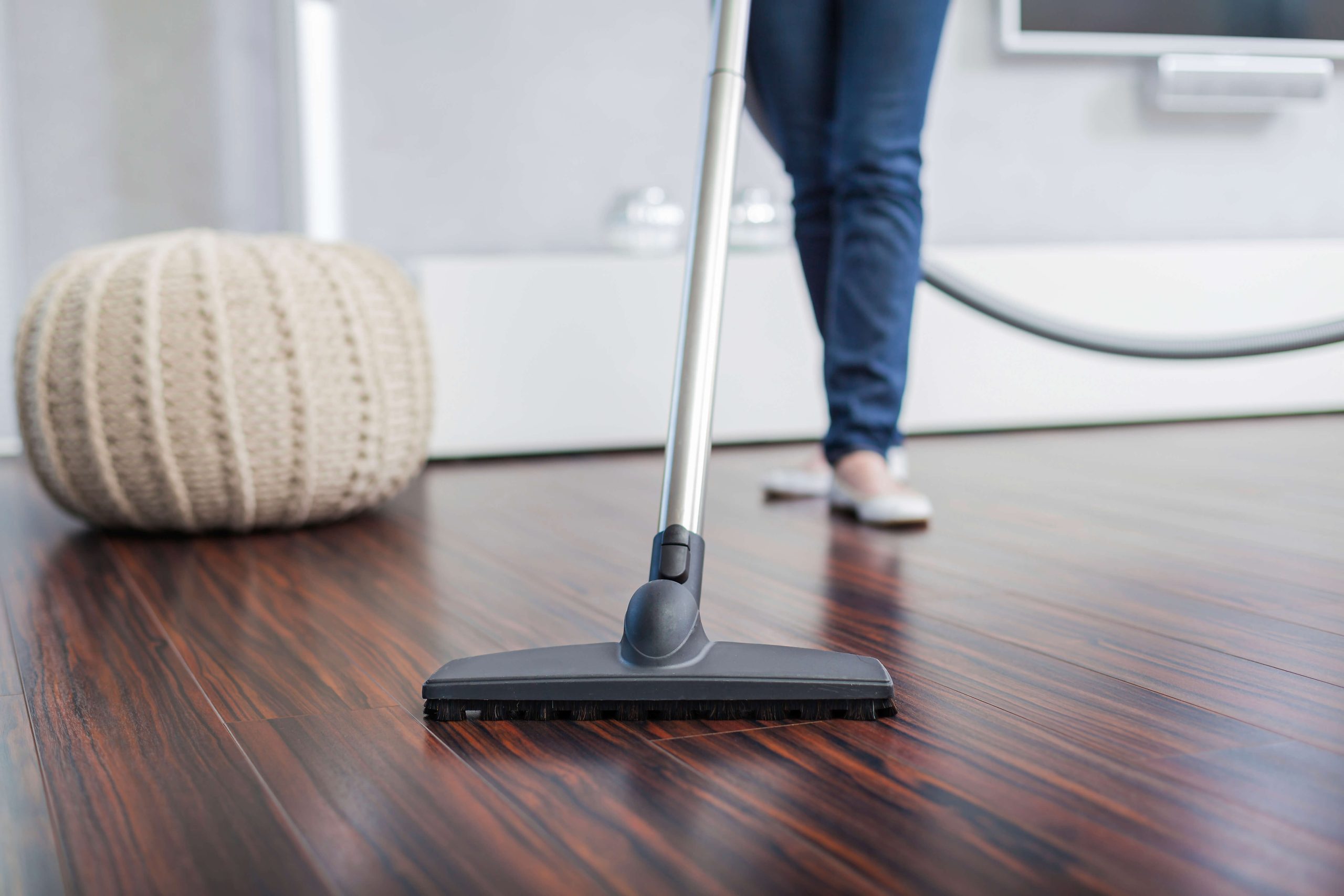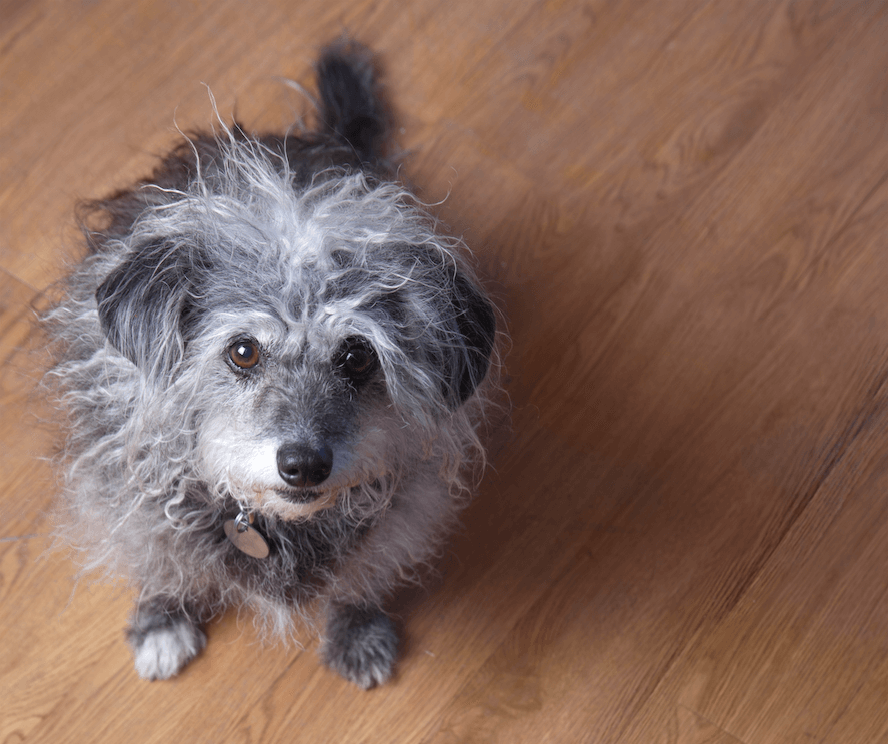The warmer weather is here, and with it comes conditions that could cause damage to your hardwood or laminate flooring. But we have the tips and tricks to help you...
Month: July 2016
Dogs are our beloved, and often energetic, fur babies. They run to the door to greet us. They run to the door to go out. They run to the door...

